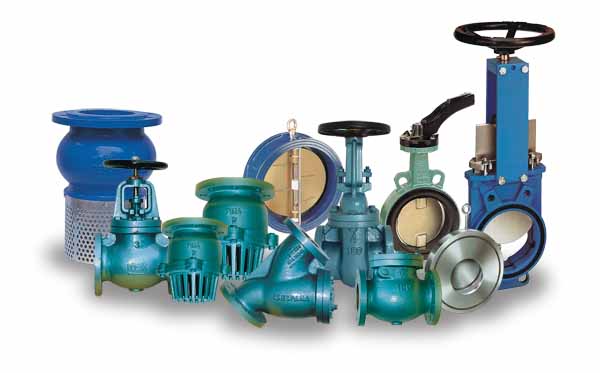Valve

| Butterfly valves | Butterfly valves control the flow of gas or liquid by means of a disk, which turns on a diametrical axis inside a pipe or by two semicircular plates hinged on a common spindle, which permits flow in only one direction. They are normally used as throttling valves to control flow. Butterfly valves offer a rotary stem movement of 90 degrees or less, in a compact design. Unlike ball valves, butterfly valves do not have any pockets in which fluids may become trapped when the valve is closed. Advantages: Good for chemical services, small dimensions, high coefficient of flow. Disadvantages: Low cleanliness, inability to handle slurry. |
| Gate or knife valves | Gate or knife valves are linear motion valves in which a flat closure element slides into the flow stream to provide shut-off. Gate valves are usually divided into two types: parallel and wedge-shaped. The parallel gate valve uses a flat disc gate between two parallel seats, upstream and downstream. Knife valves are of this type, but with a sharp edge on the bottom of the gate to shear entrained solids or separate slurries. Advantages: Ability to cut through slurries, large sizes available. Disadvantages: Low-pressure limitations, lack of cleanliness, low shut-off. |
| Globe valves | Globe valves are linear motion valves with rounded bodies, from which their name is derived. They are widely used in industry to regulate fluid flow in both on/off and throttling service. Advantages: Precise throttling and control, high-pressure limits. Disadvantages: Low cleanliness, inability to handle slurry. |
| Check valves | Check valves are self-activating safety valves that prevent process flow from reversing. |
| Ball valves | Ball valves provide tight shut-off and characterizable control. They have high rangeability due to the design of the regulating element, without the complications of side loads typical of butterfly or globe valves. Advantages: Easy operation, high flow, high-pressure / temperature capabilities. Disadvantages: Low cleanliness, inability to handle slurry. |